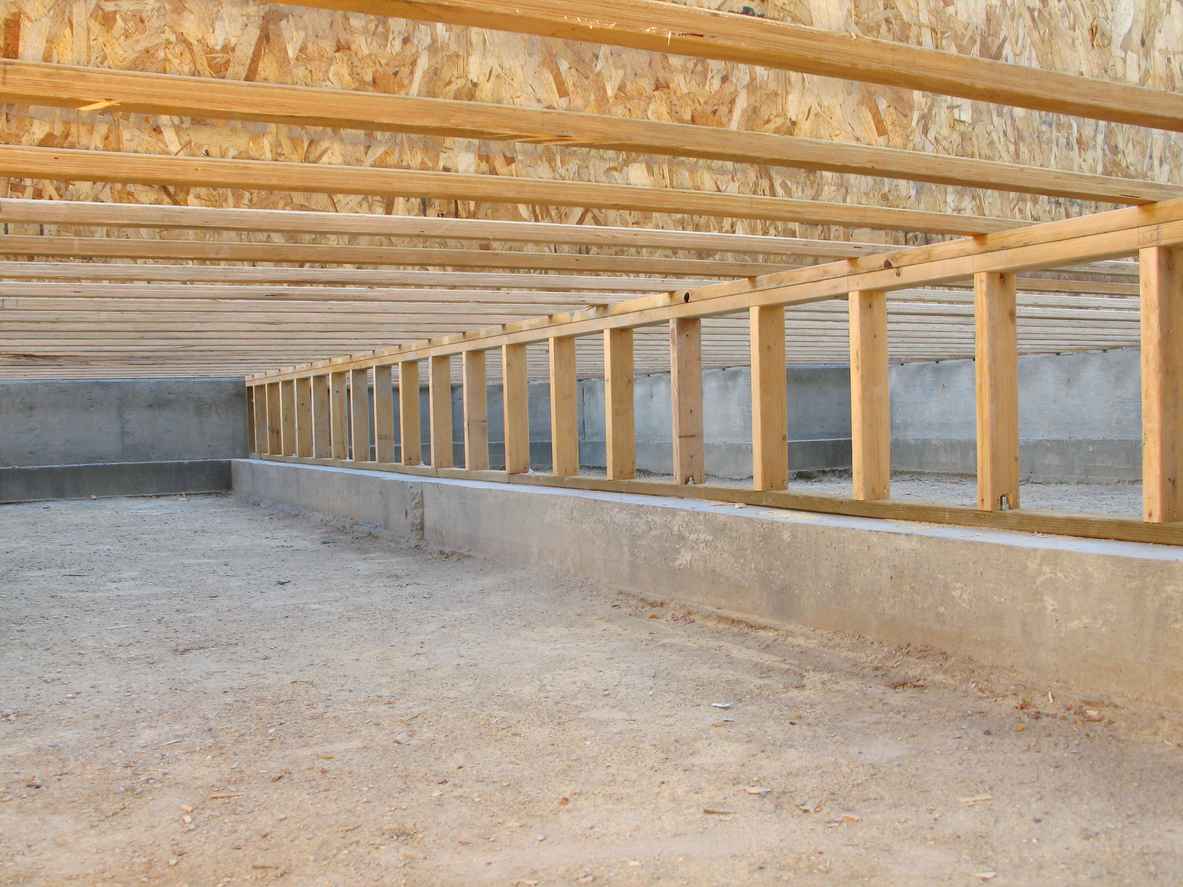Resources
Encapsulation vs. Ventilation: What’s Best for Your Crawl Space?

Your crawl space is a critical yet often overlooked part of your home. It plays an essential role in supporting your home’s foundation, maintaining indoor air quality, and protecting against moisture and pest issues. However, deciding whether to encapsulate or ventilate your crawl space can be a challenging decision for homeowners. Both methods have their advantages, but the right choice depends on your specific needs and environmental factors.
What is Crawl Space Encapsulation?
Crawl space encapsulation involves sealing the area with a heavy-duty vapor barrier, insulation, and sometimes a dehumidifier to create a controlled environment. This method is designed to keep moisture, pests, and outside air out of the space. Encapsulation essentially transforms your crawl space into a dry, sealed, and conditioned area.
Benefits of Encapsulation
- Moisture Control: By preventing moisture from entering the space, encapsulation reduces the risk of mold and mildew growth.
- Improved Energy Efficiency: A sealed crawl space can prevent drafts, helping your HVAC system work more efficiently.
- Enhanced Air Quality: With less moisture and fewer contaminants, the air in your home becomes cleaner and healthier.
- Pest Prevention: Encapsulation creates a barrier that makes it harder for pests like rodents and insects to enter.
While encapsulation has many benefits, it can be a more costly investment upfront compared to ventilation. However, its long-term savings on energy bills and reduced repair needs often make it worth the cost.
What is Crawl Space Ventilation?
Crawl space ventilation involves installing vents that allow air to circulate freely. This method relies on airflow to remove moisture and prevent humidity buildup in the crawl space. Ventilation has been a traditional approach for decades and is particularly common in older homes.
Benefits of Ventilation
- Lower Initial Cost: Ventilation is generally less expensive to install compared to encapsulation.
- Simplicity: It’s a straightforward solution that doesn’t require advanced equipment or materials.
- Sufficient for Dry Climates: In areas with low humidity, ventilation may be enough to keep a crawl space dry and functional.
However, ventilation is less effective in humid climates, where incoming air can actually introduce more moisture into the crawl space.
Encapsulation vs. Ventilation: How to Choose
Deciding between encapsulation and ventilation depends on several factors, including your local climate, the condition of your crawl space, and your home’s overall needs. Consider the following when choosing between encapsulation and ventilation:
- Climate
- Moisture issues
- Energy efficiency goals
- Budget
Make the Best Choice for Your Home with Michigan Basements
Whether you’re leaning toward encapsulation or ventilation, Michigan Basements is here to help. With years of experience in crawl space solutions, we’ll provide the guidance and expertise you need to make the right choice for your home. Contact Michigan Basements today to schedule a consultation and ensure your crawl space stays dry, secure, and functional.


